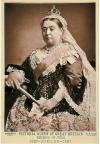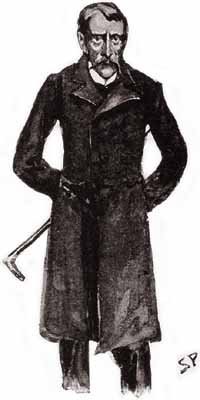
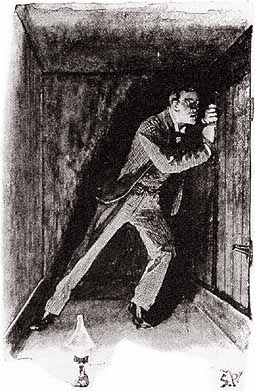
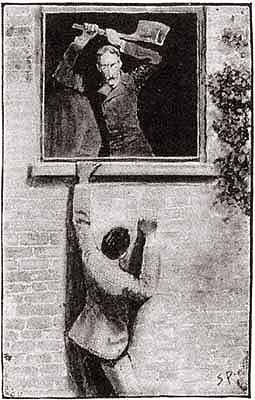
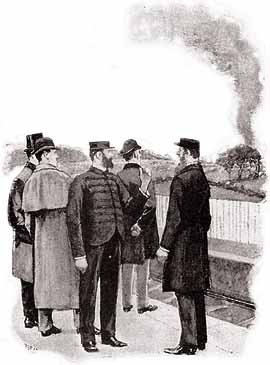
The Fall meeting of the Greek Interpreters was held on Tuesday, October 2nd, 2012, at the Country Club of Lansing. A fine turnout of 25 members included an MSU graduate student, Ann Marie Hoffman, who was introduced to the scion by Etta Abrahams. Etta will be teaching a literature course involving the Holmes canon this coming Spring semester. The meeting opened with the customary Canonical Toasts to Mrs. Hudson, Mycroft Holmes, the second Mrs. Watson and The Woman. Members then enjoyed an excellent dinner, and spirited conversation.
The story on which the evening's quiz and discussion focussed was "The Engineer's Thumb". A quiz was provided by The Chemist.Although this story does not display Holmes' observational and deductive skills in a significant way, it offered an exciting adventure for the engineer of the title and some insight to issues of the time. Counterfeiting coinage in the late 19th century was enabled by an alloy of copper, nickel and zinc (or tin) known as German silver. It had a luster and density similar to silver and was easily silver-plated. Most coins were stamped from sheets of metal, using hardened steel dies containing an inverse of the image on the coin. Such stamping machines are heavy and produce vibrational forces that require a firm foundation. This was not possible in the rickety old house chosen by Stark, so he used an hydraulic-press to mold the coins. His Fuller's earth cover story was weak, as the engineer easily deduced.
Some members noted the engineer's unusual hesitation at the window as Stark rushed down the passage waving a cleaver. Would his concern for a woman he did not know cause his reluctance to jump? Also, as the Sydney Paget drawing below suggests, the cleaver strike was more likely to sever a finger (or two) rather than a thumb. It is also curious that Stark would have been so uninterested in Hatherley's fate that he would have allowed Dr. Becher and Elise to rescue him after his fall. Perhaps the fire in the press distracted him. In any event, it is disappointing to learn that despite Scotland Yard's best efforts, and Holmes presumed assistance, the three countrfeiters and boxes of dies and coins were allowed to escape.
One suggestion, raised by an annotation text, that the two engineers referred to in the story were the same was discussed. Since the two engineers had different names, Victor Hatherley and Jeremiah Hayling, and the former was two years younger than the latter, this seemed unlikely. Of course, we have only Hatherley's word concerning Stark's approach to him and Elise's comment as he escaped.
 |  |  |  |
|---|
The meeting concluded with a reading of Vincent Starrett's "221B" poem, followed by our singing of The Anthem.
